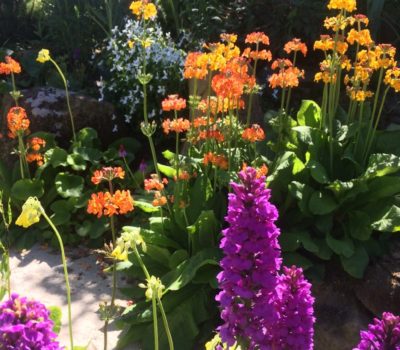Growing Meconopsis from Seed
Published: 27th August 2020- The type of compost used for seed germination is not too critical. A peat-based one is most usually used. An important feature is for it to have high air porosity. The incorporation of a lot of grit enabling minimum root damage when pricking out is also preferable.

- Sow seed in Dec – Feb onto the surface of moist compost in trays or plastic pots. (M. punicea must be sown when freshly-harvested and it must experience a period of freezing in winter for germination to occur). Water the pots from below (avoids seed disturbance), or from above with a fine spray. Either leave uncovered, but more usually growers cover the seed with several mm of fine grit or a little sieved compost. Keep in a light place – usually a cool greenhouse or frame. Sometimes pots are placed on a heated bench (around 15C), or out-of-doors. Never allow surface to dry out, especially after germination has taken place.
- Germination takes two weeks to several months, sometimes occurring in the second year. It is common to find that certain of the more tricky species are reluctant to germinate, others not at all so. The tricky species are also difficult to bring to flowering, e.g. M. lancifolia, M. sinuata, M. delavayi , and M. speciosa and the high altitude form of M. horridula.

- Damping-off can be a problem. The chances of this occurring should be minimized by sowing thinly and keeping the pots in a well-ventilated situation. Very dilute fungicide applied on first observing the problem can help.
- Prick out seedlings at the two or three leaf-stage. Avoid damaging the stem, by handling the leaves only. Transfer gently to the same light compost, avoiding compaction. Keep in a shady place until growth has resumed. Keep the plants growing actively, and repot before the pots become root-bound. It is important not to let the plants suffer a check in growth.

- Transfer to larger pots or into the garden when large enough. For some people, probably depending on climate, this is summer, late summer-autumn or the following spring.





